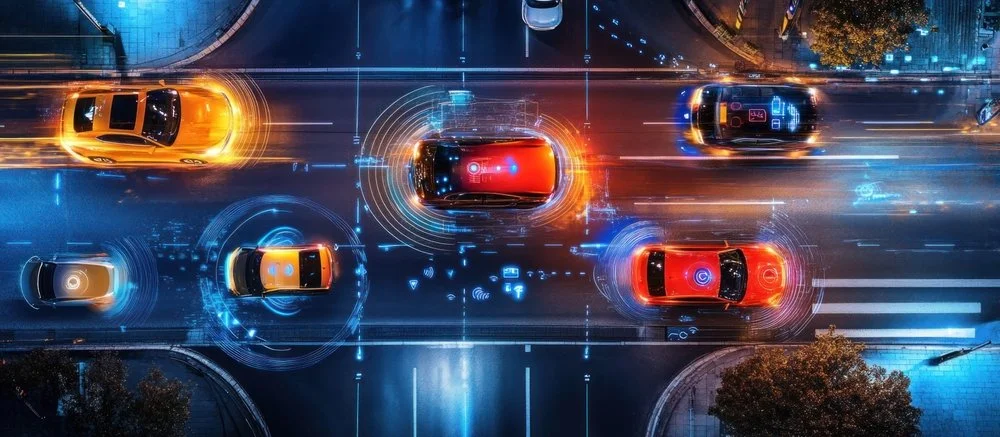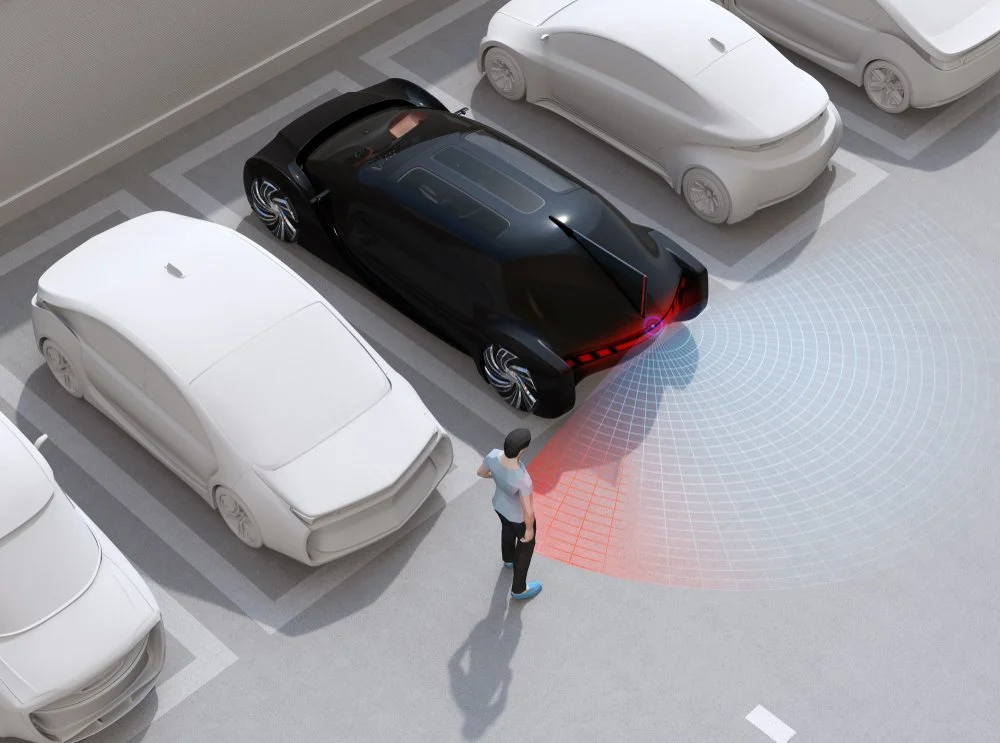
DDD Blog
Our thoughts and insights on machine learning and artificial intelligence applications
Welcome to Digital Divide Data’s (DDD) blog, fully dedicated to Machine Learning trends and resources, new data technologies, data training experiences, and the latest news in the areas of Deep Learning, Optical Character Recognition, Computer Vision, Natural Learning Processing, and more.
For Artificial Intelligence (AI) professionals, adding the latest machine learning blog or two to your reading list will help you get updates on industry news and trends.
Get early access to our blogs

Data Augmentation Techniques for Robust 3D Point Clouds
In this blog, we will explore data augmentation techniques for 3D point clouds, how specific transformations alter a model’s internal understanding of geometry, which strategies tend to help or hinder different applications, and how teams can design training pipelines that hold up when data conditions shift unexpectedly.

Building Ground Truth for Machine Learning Systems
In this blog, we will explore how ground truth functions within machine learning systems, why it matters more than ever, the qualities that define high-quality truth sets, the approaches teams use to build them, and the challenges that often complicate this work.

Multimodal Data Annotation Techniques for Generative AI
In this blog, we will explore the foundations of multimodal annotation techniques for Gen AI, discuss how organizations can build scalable pipelines, and review real industry applications that illustrate where all this work ultimately leads.

Complete Data Training Techniques for Robust Pedestrian Detection
In this blog, we will explore how a data training pipeline, from dataset design to augmentation to multi-sensor fusion and domain adaptation, can significantly improve the real-world reliability of pedestrian detectors.

Data Challenges in Building Domain-Specific Chatbots
In this blog, we will explore why domain-focused chatbots operate under very different pressures, the specific data challenges, and how organizations can build a data foundation that actually supports reliable conversational AI.

Operational Risk Assessment in Autonomous Fleets: Challenges and Solutions
In this blog, we will explore how operational risk assessment in autonomous fleets works, why traditional safety approaches may not be enough, and what practical methods and tools appear to help organizations manage risk as operations evolve.

How to Detect and Correct Hallucinations in LLM Outputs
In this blog, we will explore the root causes behind LLM hallucinations, practical techniques to detect them early, and proven methods to correct or mitigate them so organizations can deploy AI systems with greater reliability, safety, and trust.

The Role of AI and Human-in-the-Loop (HITL) in Modern Digitization
In this blog, we will explore how AI-driven automation and human-in-the-loop collaboration work together to create hybrid digitization pipelines that are accurate, adaptable, and ready for the unpredictable nature of real operational data.

How 3D Mapping Advances Perception and Scene Understanding in Autonomy
In this blog, we will explore how 3D mapping enables deeper, context-aware, and safer perception and scene understanding for autonomous systems, and why this shift is shaping the next generation of mobility technologies.

Emergency Maneuver Planning in Autonomous Vehicles
In this blog, we will explore emergency maneuver planning that enables autonomous vehicles to handle critical scenarios effectively with judgment that appears cautious, coordinated, and human-like.

Structuring Data for Retrieval-Augmented Generation (RAG)
In this blog, we’ll explore how to structure, organize, and model data for Retrieval-Augmented Generation in a way that actually serves the AI model.

The Role of Geospatial Analytics in Enhancing Route Safety in Autonomy
In this blog, we will explore how geospatial analytics strengthens route safety for autonomous systems, how it connects perception with planning, and why spatial intelligence is becoming central to the future of safe mobility.

Challenges in Building Multilingual Datasets for Generative AI
In this blog, we will explore the major challenges involved in creating multilingual datasets for generative AI. We will look at why data imbalance persists, what makes multilingual annotation so complex, and what strategies are emerging to address these gaps.

How Optical Character Recognition (OCR) Digitization Enables Accessibility for Records and Archives
In this blog, we will explore how OCR digitization acts as the bridge between preservation and accessibility, transforming static historical materials into searchable, readable, and inclusive digital knowledge.

Why Fatigue Detection Is Essential for Autonomous Vehicles
In this blog, we will explore fatigue detection in autonomous vehicles, how it bridges the gap between human attention and machine intelligence, the psychology behind driver fatigue, and the technology that enables real-time detection.

How Human Feedback in Model Training Improves Conversational AI Accuracy
This blog explores how human feedback in model training, such as reinforcement learning from human feedback, preference-based optimization, and continuous dialog evaluation, is quietly redefining how conversational AI learns, adapts, and earns our trust.

The Evolution of Connected Mobility Solutions (CMS) in Autonomy
In this blog, we will explore Connected Mobility Solutions (CMS) in autonomy, the technologies holding it together, and the challenges that stand in the way of making this vision work on a global scale.

How Multi-Format Digitization Improves Information Accessibility
In this blog, we will explore how multi-format digitization changes the way information circulates, who gets to access it, and why it is quickly becoming a central part of digital transformation strategies in both public and private sectors.

Multi-Layered Data Annotation Pipelines for Complex AI Tasks
In this blog, we will explore how these multi-layered data annotation systems work, why they matter for complex AI tasks, and what it takes to design them effectively.

Topological Maps in Autonomy: Simplifying Navigation Through Connectivity Graphs
In this blog, we will explore how these topological maps in autonomy simplify navigation, why they are becoming essential for large-scale autonomous systems, and what challenges still remain in building machines that can understand their world not just by measurement, but by connection.
Sign up for our blog today!







